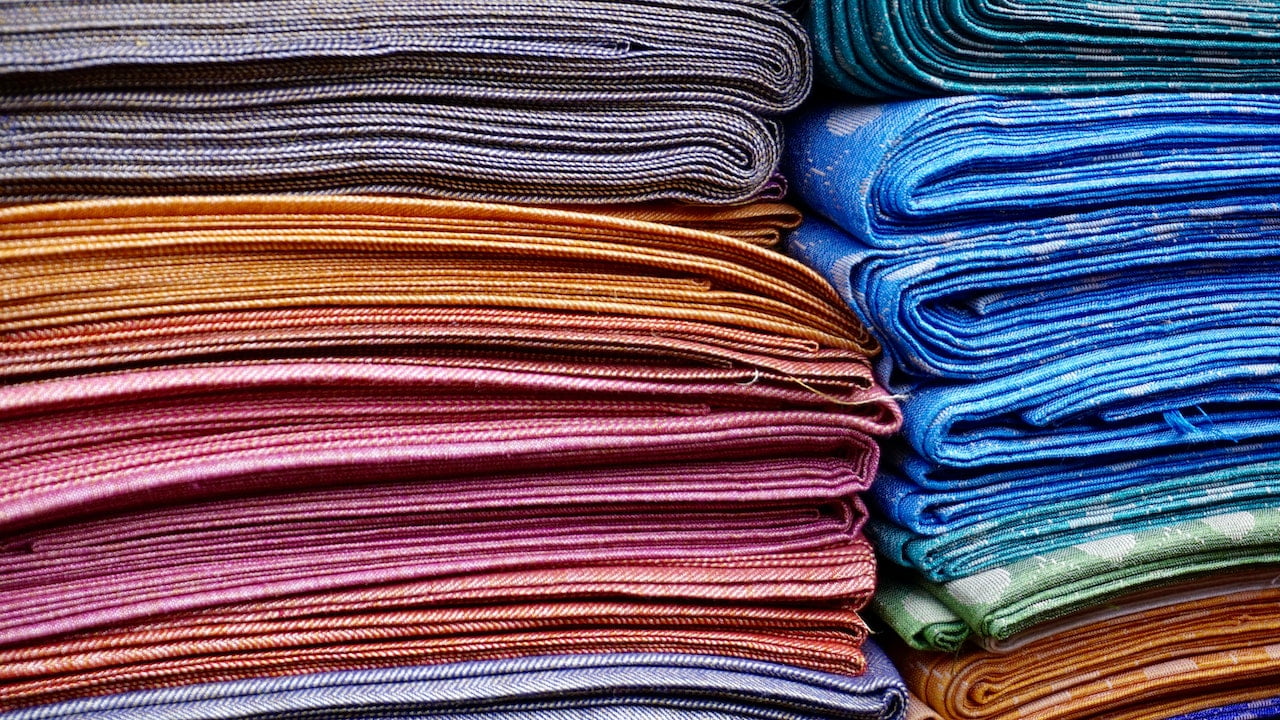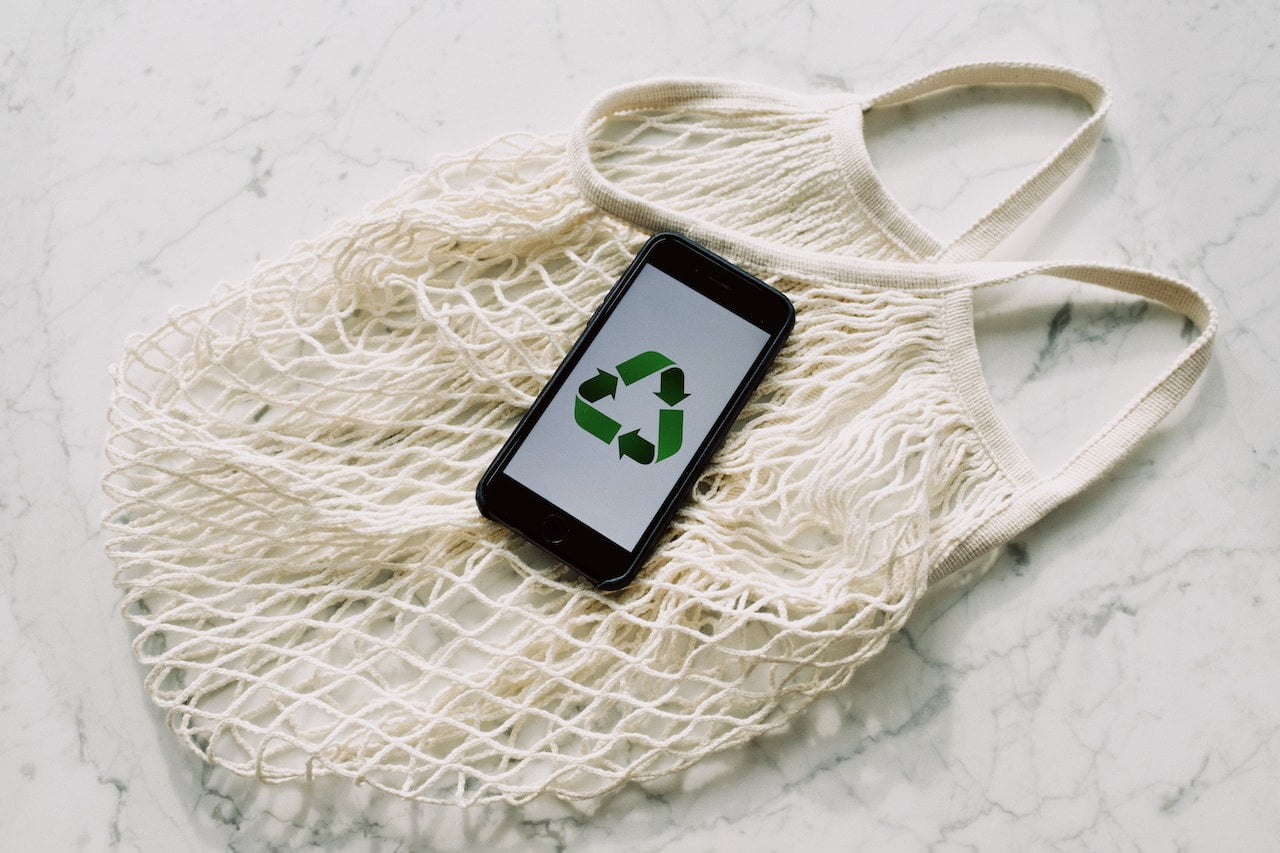As we all know, textile waste is a major environmental problem, and it’s important to find ways to reduce this waste and give textiles a second life. One way to do this is through textile recycling, specifically post-consumer textile recycling.
Post-consumer textile recycling refers to the recycling of textiles that have been used by consumers, such as clothing, linens, and shoes. These textiles are collected, sorted, and processed to be either reused or recycled into new products. This process not only reduces textile waste in landfills, but it also conserves natural resources, reduces energy consumption, and creates jobs.
Post-consumer textile recycling is important because it helps to reduce the environmental impact of textile production. According to the Environmental Protection Agency, it takes about 17 million barrels of oil to produce the textiles for a year’s worth of clothing in the United States alone. By recycling post-consumer textiles, we can reduce the need for new textile production and thus reduce the carbon footprint.
Another reason post-consumer textile recycling is important is because it helps to provide affordable and sustainable alternatives for people who can’t afford to buy new clothes. By recycling and reselling pre-owned clothing, post-consumer textile recycling can provide an affordable and sustainable alternative to fast fashion.
Additionally, post-consumer textile recycling is also important because it can help to reduce textile waste in areas where the textile waste management infrastructure is not developed enough. With post-consumer textile recycling, we can give textiles a second life and reduce the environmental impact of textile waste.
In conclusion, post-consumer textile recycling is a crucial part of reducing textile waste and preserving the environment. By understanding the importance of post-consumer textile recycling, we can all make more informed choices when it comes to textile waste management and contribute to a more sustainable future.

